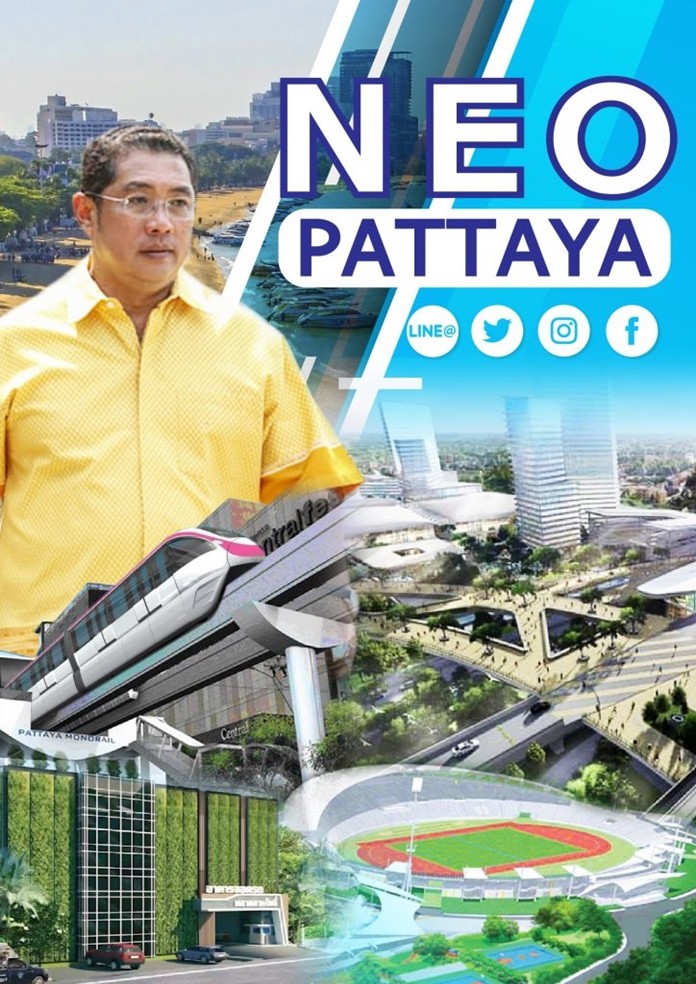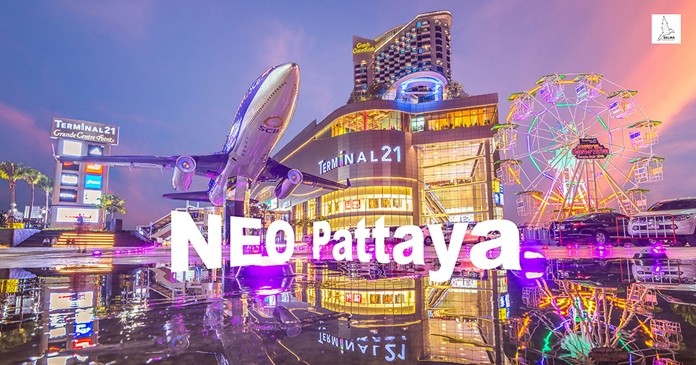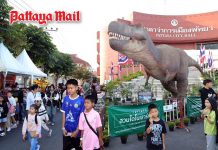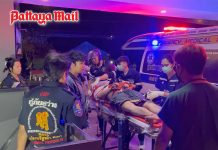
Pattaya Mayor Sonthaya Kunplome has set out his plans to transform the old Pattaya into a new or neo smart city. He surmised that whilst international tourism will remain the immediate bedrock post-virus, it is vital to upgrade Pattaya as an economic hub to exploit opportunities from developing various industries in the three-province Eastern Economic Corridor (EEC) of which the city is part. Basically, the EEC is a developing hub of hi-tech import and export industries in eastern Thailand.
On the future of foreign tourism, the mayor said that the city needs to attract back vacationers from top markets with low coronavirus infection rates such as China and Russia. One possibility was to open U-Tapao airport to groups under the Special Tourist Visa (STV) which allows a stay of up to 270 days. At the moment, U-Tapao airport is closed to commercial or charter flights, but already has safety and health-screening procedures in place.
Critics say that there is a very limited market for the STV until quarantine restrictions are lifted, but current government thinking is – maybe – to reduce the period of isolation in registered hotels from 14 to 10 days. Meanwhile, traditional tourist markets from UK and mainland European markets remain barred from returning because the second wave of virus infections there and the lack of an internationally-recognized vaccination solution. But mayor Sonthaya stressed that Pattaya must be ready for a new flow of tourists even though demand might be weak for the time being.

On the upcoming neo-Pattaya, Mr Sonthaya said that several infrastructure projects will be rolled out next year. The first, to improve flood management, is already underway whilst others include a water treatment system, a Pattaya monorail line, updating of Koh Larn facilities and digital transformation in city services. The total budget runs into many billions of baht, with much of the cash coming from joint Thai-international funding for the EEC which is also funding the projected hi-speed train route linking the EEC with Bangkok. Not to mention further huge investment in the ports at Laem Chabang and Rayong.
Critics argue that much of the projected spending is speculative at the moment as the city continues to languish in the doldrums of depression, but planners say that the city must exploit the opportunities for diversification. For example, the Board of Investment had already (prior to the pandemic) granted investment privileges in the three EEC provinces – Chonburi, Rayong and Chachoengsao – worth 800 million baht in tax rebates and other financial incentives.
The mayor also touted the city as an ideal venue for another of Thailand’s growth industries: MICE (meetings, incentives, conventions and exhibitions) which has already benefitted the resort’s five-star hotels because of proximity to the EEC. He concluded that the future of Pattaya lay in offering both recreational beachside activities and economic opportunities at the same time. Other worldwide examples of that fusion are Miami, Dubai and Singapore.
Miami, in particular, has always fascinated those who see diversification as the key to Pattaya’s long-term future. The American city is now the world’s busiest leisure cruise port whilst being a leader in commerce and international trade. Although the comparison may seem naively optimistic from Pattaya’s standpoint, both cities have a similar sized-population and are very popular destinations for both domestic and international vacationers. Pattaya City Hall believes in aiming high.
 |
 |
 |





